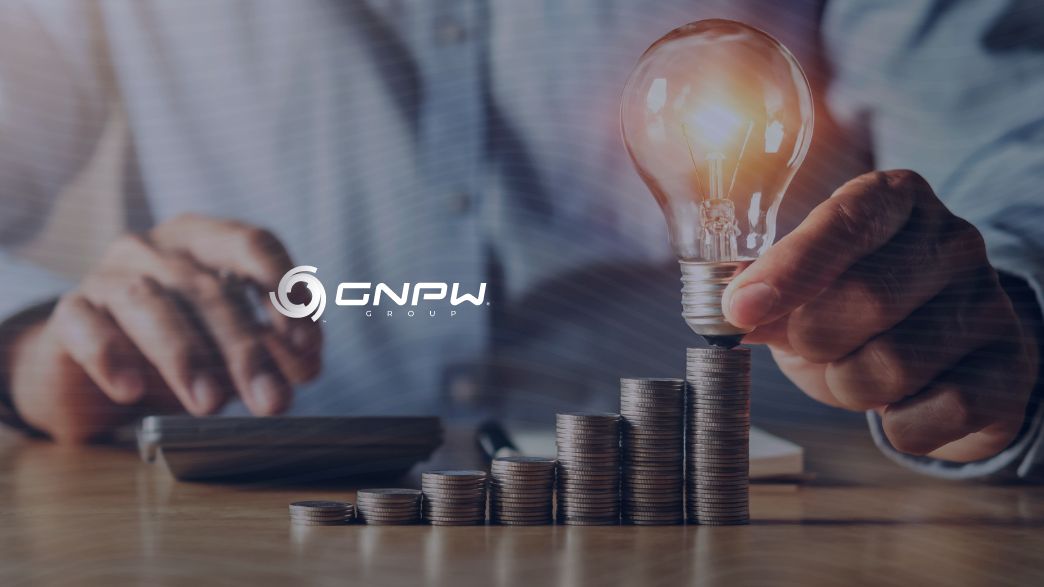Electricity consumption grew in Brazil in the first half of 2022. Although the regulated market declined, the free market and distributed generation grew.
With the resumption of activities in the post-pandemic period, there was an increase in electricity consumption in Brazil. Mainly, the beverage, food and service sectors were responsible for the 1.4% increase compared to the same period last year. According to the CCEE survey, in the first half of 2022, the country consumed an average of 66.02 MW of electricity.
In July 2022, the increase was 2.6%, reaching an average of 63,083 MW, with demand driven by industry and large companies, such as the wood, paper and pulp sectors. The increase was also noticed in the free market, up 7.1% compared to the same period of the previous year.
With the recovery of hydroelectric reservoirs, there was a reduction in dependence on thermal plants, which fell by 54%. There was also a 66.7% increase in the production of photovoltaic solar energy and a 16.7% increase in wind generation. In all, in the month of July, the country produced 4.5% more energy than last year.
Energy consumption in 2022
In addition to the increase in demand driven by the recovery of the economy, the advance was also driven by the high of 6.6% registered in the free market. Supply to shopping malls and retail chains increased by 35.5% in the first six months of the year, while the remaining 64.5% went to the regulated market. Compared to 2021, the regulated market retreated 1.3%. For CCEE, the drop reflects the migration of consumers to the free environment and to the distributed generation model.
At the regional level, eight of the 26 states of the SIN had drops in energy consumption in the first half of this year. Bahia, Goiás, Minas Gerais and São Paulo had growth due to performance in the free market. In places with reduction, the CCEE observed more rain and cooler temperatures.
The development of the free market and distributed generation
Energy consumption increased in Brazil, but growth did not occur in the regulated market. With the recent water crisis and the successive increases in the energy bill, many consumers, mainly companies, decided to migrate to the free market or to the distributed generation model.
With this, DG reaches 4.3% of consumption in the distributors’ market. According to the CCEE, the small plants produced an average of 1,828 MW in the first half of the year, an increase of 80% compared to the same period last year.
The free contracting environment has also been one of the vectors of the development of energy from renewable sources, driving the energy transition and the low carbon economy. The free market has also grown and has already reached R$ 162 billion in trading with 34% of national consumption.
The free energy market in Brazil is restricted to large consumers, but Ordinance 465/2019, from the Ministry of Mines and Energy, took a small step in the pace of opening by extinguishing market reserves, gradually reducing the minimum load level for consumers can be completely free.
Therefore, the growth of the sector is expected as it allows for financial viability, with generation made directly from the supplier, making it possible to negotiate values and contractual flexibility.
If you liked this text, learn more about the Brazilian electrical matrix in this content.

Comment